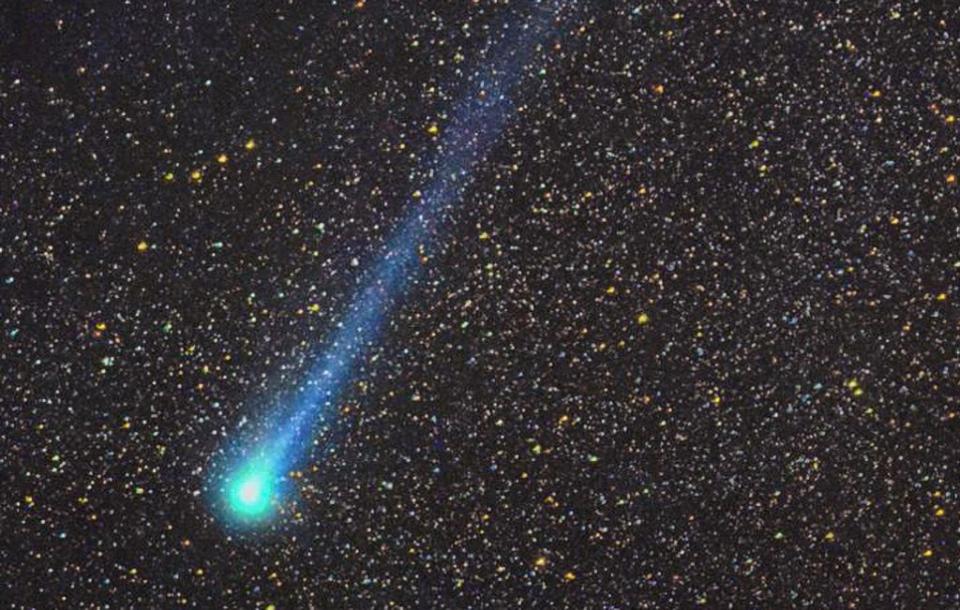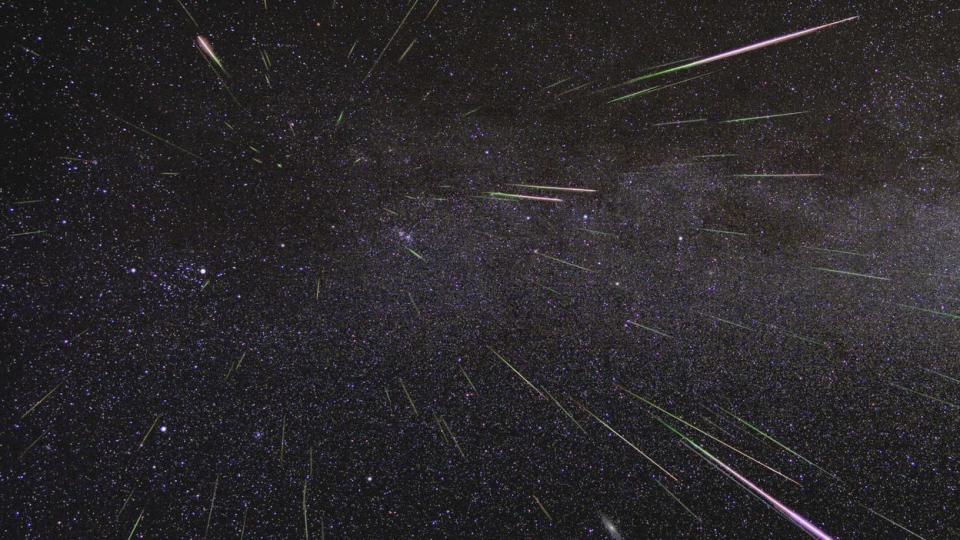The Perseid meteor shower, which NASA says is the best of the year, peaks Tuesday night. Here's how to catch it.

The Perseid meteor shower — which NASA says is the best of the year — happens each year in late summer.
The Perseids are known for epic "fireball" meteors and long, streaking tails.
Meteor activity should peak Tuesday, August 11, and continue into Wednesday morning.
To watch, find a spot away from city lights with a clear view of the sky.
NASA calls the annual Perseids meteor shower the best of the year, thanks to its many bright meteors that streak across the night sky in late summer.
The shower reaches its peak on Tuesday evening, during which time skywatchers can see dozens of meteors per hour as Earth plows through a cloud of cometary debris.
The cosmic light show begins shortly after twilight, the dim period following sunset. At first, expect to see long-tailed meteors lower in the sky. More meteors will then appear overhead as Earth turns.
To see the Perseids, find a spot with a clear view of the sky, like a grassy hill. The area should be as far away from any artificial lights as possible.
Sit or lie down, and look up. No other effort is required; the show should come to you.
Where the Perseids come from

The annual show comes when Earth's orbit collides with a lane of grit left by Comet Swift-Tuttle. The comet swings by the sun every 133 years. Bits of rocky debris, ranging between the size of sand grains and peas ,slam into our atmosphere at 37 miles per second and burn up, leaving fiery streaks across the night sky.
The Perseids are known both for their epic "fireballs" — explosions of light and color that last longer than those from typical meteors — and for the long trails they leave behind.
Though the shower technically lasts over a month, from July 14 to August 24, it peaks Tuesday evening and Wednesday morning since that's when Earth passes through the most dense part of the debris cloud. The Perseids will reach their zenith around 2:00 a.m. ET on Wednesday.
The meteor shower gets its name from the constellation Perseus, which is where the streaks appear to originate in the sky. That period of origination is called the radiant.
Conditions aren't ideal in 2020, but they're better than last year

Under ideal conditions, Perseid viewers can see up to 100 meteors per hour, according to NASA — which dwarfs the rate during other showers.
Unfortunately, this year's Perseid shower has some competition. The moon is in its last quarter phase and will rise shortly after midnight — just before the peak of the shower. So its natural brightness will reduce the number of visible meteors. The quantity of meteors you might see depends on many variables, but NASA expects just under 30 an hour. If you're lucky, as many as 50 may shoot across the sky in that time frame, according to EarthSky's predictions.
The meteors will still burn brightly, so they're worth looking for. They should also be more visible than during the peak of last year's shower, when a bright gibbous moon drowned out all but 10 to 15 meteors per hour.
The shower will cool down after Wednesday morning, but meteors will be visible for several days afterwards.
Read the original article on Business Insider

